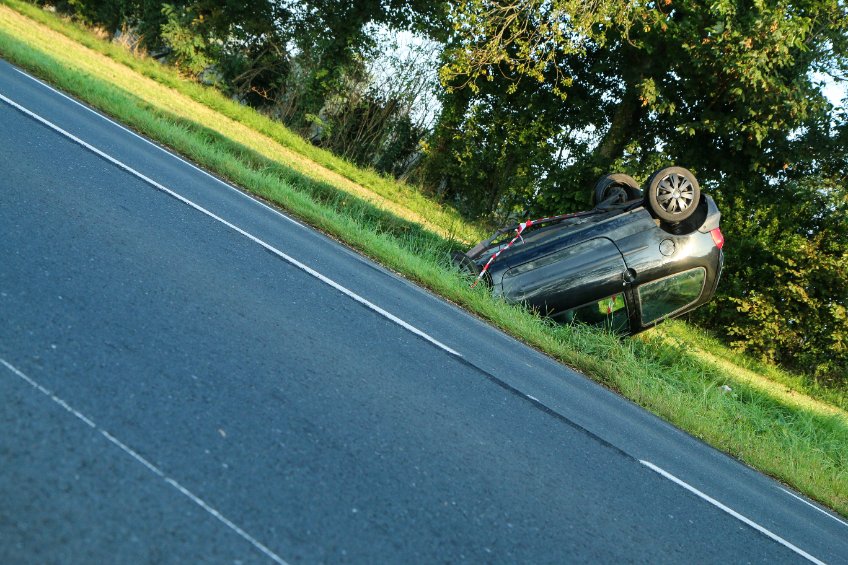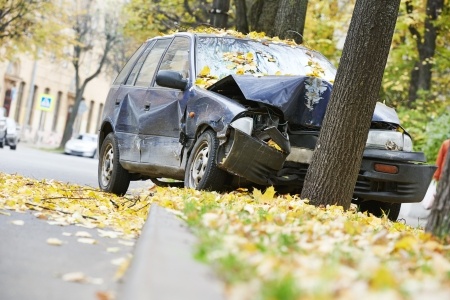

Single-Vehicle Accidents High Risk When Drunk Driving Involved
0


How to Avoid a Single-Car Crash
A single-car crash has occurred when only one vehicle is involved in an accident. Often, a single-vehicle accident is a runoff-road (ROR) crash. A ROR accident is when a vehicle leaves the roadway and moves onto the shoulder, median, roadside or parking lane, etc. and then crashes into an unmoving object like a tree, pole, wall or fire hydrant. In some cases, a pedestrian is hit. In a single-car accident, property damage and personal injuries are the typical outcome. Perhaps surprisingly, single-car collisions carry a higher fatality rate than head-on or side-impact collisions. About 70 percent of fatal single-vehicle crashes are ROR crashes.
(more…)
Read More
0
